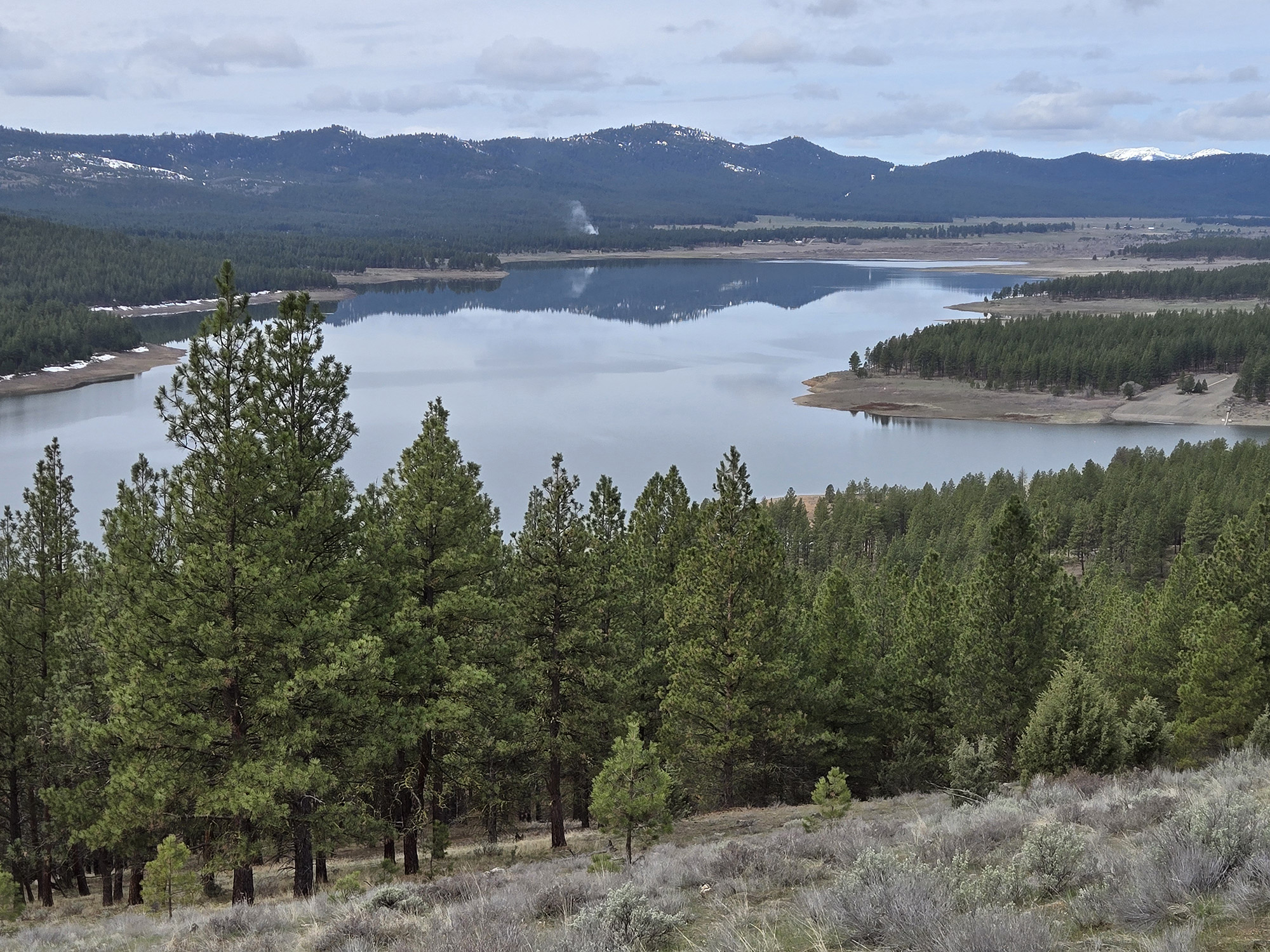Farmers on the front line as wildfires threaten agricultural land
Published 6:30 am Thursday, September 10, 2020
SALEM — Josh Duling left his family’s 5,000-acre wheat farm near Maupin for a horseback trip in the Wallowa Mountains on Aug. 20.
Trending
At the time, the White River Fire was relatively small, burning 1,500-2,000 acres in the Mount Hood National Forest.
When Duling returned on Aug. 25, flames had jumped out of the canyon, fanned by high winds, and were creeping toward private farms and ranches.
“Everything was just a smoky haze,” Duling said. “You couldn’t see more than 300 yards in front of you when we got home.”
Trending
Sparked by lightning on Aug. 17, the White River Fire has since grown to more than 17,000 acres and is 70% contained.
Duling, a fourth-generation farmer and member of the local Juniper Flats Rural Fire Protection District, sprang into action. He and fellow volunteer firefighters have been working around the clock digging fire breaks and dousing hot spots to protect their neighbors’ land and homes.
Duling’s farm was spared. Though wheat harvest is finished, most growers in the area use no-till farming practices, leaving stubble in fields to help retain the limited moisture and soil organic matter for future crops. If consumed by fire, it would take years to replenish that soil health, Duling said.
In Eastern Oregon, the Indian Creek Fire started Aug. 16 in rural Malheur County and has burned 48,128 acres. It is now 75% contained.
Bill Romans, a cattle rancher near the small town of Westfall, about an hour’s drive west of Ontario, said the fire burned roughly half of his Bureau of Land Management grazing allotment. While he did not lose any cattle, he won’t be able to use the allotment for at least three growing seasons until the vegetation has a chance to grow back.
Romans said he does not yet know if the BLM will allow him to fence off and use the part that didn’t burn, which would help with grazing for next year.
“Of course, it’ll be reduced numbers or staying in there less time,” he said. “We’ll put our heads together and see what we can get done.”
Scott Seus, of Seus Family Farms in Tulelake, California, said the impact of wildfires stretches beyond just acres burned. Protecting workers from unhealthful smoke has been another challenge for growers in Southern Oregon and Northern California. In particular, the state of California has a law requiring farms to provide workers with N95 masks if the air quality index — which monitors five major pollutants — exceeds 151.
The Caldwell Fire, which burned more than 80,000 acres near Lava Beds National Monument in July, required Seus to track down masks for his crews harvesting and weeding fields of mint and other row crops. But with the coronavirus pandemic, masks were already tough to find and expensive, selling for as much as $3.88 each online.
“The N95 mask is one that we use in pesticide applications,” Seus said. “There was a big drive to try and acquire those masks from farmers and get them to hospitals. Farmers gave up masks early in the season for COVID-19. When we needed them, we couldn’t get a hold of them.
“It’s frickin’ 2020,” he added. “It’s been a hell of a year.”









